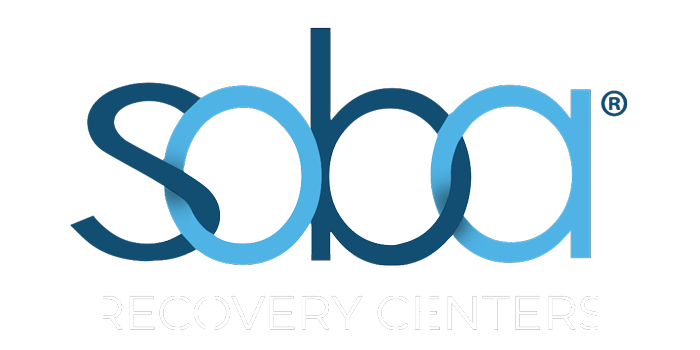It’s extremely difficult to watch someone you love ruin their health and their life because of alcohol or drug use. If your loved one isn’t ready to ask for help or reach out to someone they trust, you may feel like the only option is to stage an intervention. It’s common for friends and family to have no idea what to do or how to even begin the process of staging an intervention. We’ll help you understand exactly what an intervention is and how to set one up so that the best possible outcome will occur.
What is an Intervention?
First things first: it’s important to understand what an intervention is before you hold one. An intervention can be held by friends, family members, or a combination of both. It’s something that’s planned carefully ahead of time. During the intervention, you and the other attendees will confront the person about their drug or alcohol use. The main goal of the intervention is to convince the person to start at a rehab program, but first, you’ll need to explain why their behavior is destructive – it’s possible they haven’t fully come to grips with their actions or the results of their actions. Sometimes, an intervention is also an opportunity for you to learn about addiction – you may have a professional interventionist present who can explain certain aspects of addiction to you and everyone else who is present.
Steps to Staging A Successful Intervention
Here are the steps you can take to stage a successful intervention:
1. Consult with an addiction or intervention specialist.
The best way to ensure the most successful outcome of an intervention is to work with someone who specializes in addiction or interventions. Even if you and everyone else involved have the very best intentions, you don’t necessarily have the background and experience to help someone who is suffering from addiction. When you have a specialist working with you, the intervention will go as smoothly as possible. You can get in touch with your nearby drug rehab center to ask if they can recommend an intervention specialist.
First, the specialist will be able to guide you and everyone involved to host the intervention. They will also be able to step in and try to get things back on track if something goes wrong, like if the person you’re holding the intervention for ends up storming out of the room. Remember, it’s not easy for an addict to be confronted, not even if they’re surrounded by people they trust and love. They may feel like they’re being attacked, which can cause them to act out. A specialist may be able to diffuse the situation before it escalates.
2. Pick the people who will be part of the intervention.
You should never set up a spontaneous intervention; instead, it should be carefully planned out and you should put thought into who should be there. After choosing a professional to help host the intervention, think about the friends and family members of the addict who mean the most to them and who, in return, love and care about them. It’s best if you can all get together at least one time before the intervention to discuss it.
It’s also important that everyone who is going to be involved plans what they’re going to say in advance. It’s helpful to write it down so that nerves don’t take over. Each person should try to make it clear how the addict’s actions are hurting them.
3. Make sure the addict understands their choices and the consequences.
Explaining to your loved one how they’re hurting themselves and you isn’t enough. You have to make it clear that they have the choice about whether or not they’re going to attend rehab, and that if they don’t choose to attend a rehab program right away, there will be consequences. You also need to clarify what those consequences are. The consequences are the things that are most influential when trying to convince the addict to get help.
The consequences may be harsh, especially to the addict, but they’re an extremely important part of the intervention process. Consequences may include:
- No longer financially supporting the addict
- Not spending any more time with the person
- Keeping the addict from seeing their children
The consequences aren’t supposed to be just threatening or cruel; they’re supposed to make it clear how much of an impact the addict has on the lives of everyone around them, and that their behavior won’t be tolerated any longer. Remember, the goal is to encourage your loved one to attend a drug rehab program; if they don’t, you’ll need to make changes in your own life so that you no longer enable the addict.
4. Following up after an intervention.
It’s important to have everyone follow-up with their loved one following an intervention. If the person does seek treatment, then everyone involved in the intervention can decide how they’re going to support their loved one through the coming months. However, if the addict does not seek treatment, everyone will have to make sure to follow through with the consequences they said would occur. If the addict sees that they don’t actually have to face consequences, they’ll have even less reason to seek treatment in the future.
Remember, one intervention may not be enough to convince your loved one to get help. In addition to encouraging the addict to get help at a rehab center, other options include family therapy and a changed home environment to promote positive behavior. In the end, if any beneficial change takes place after the intervention, you’re one step closer to helping your loved one.
If you have a loved one struggling with addiction, feel free to reach out to us at Soba Recovery Center at any time at (866) 547-6451 for more information about our program.



